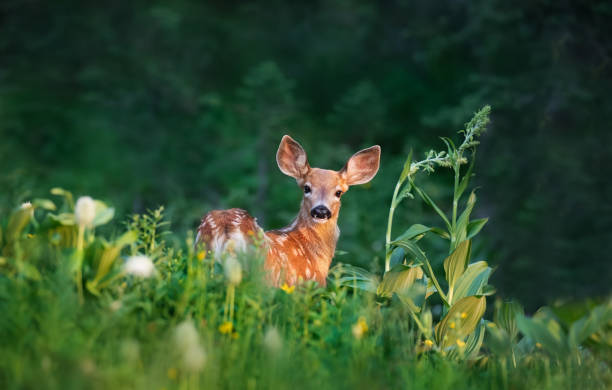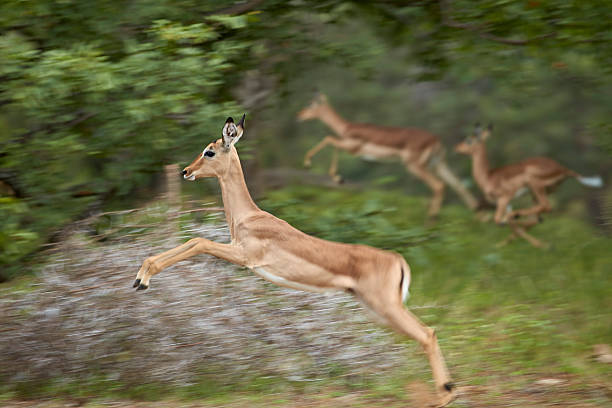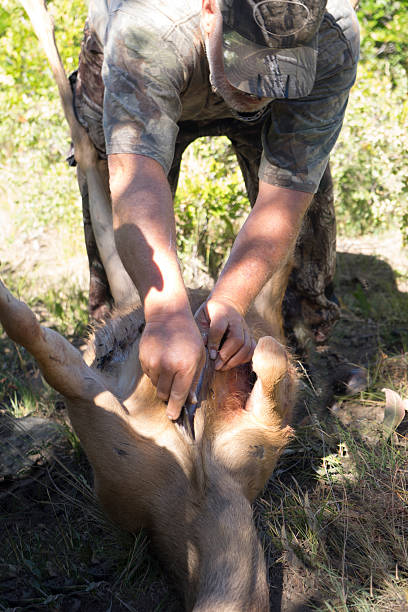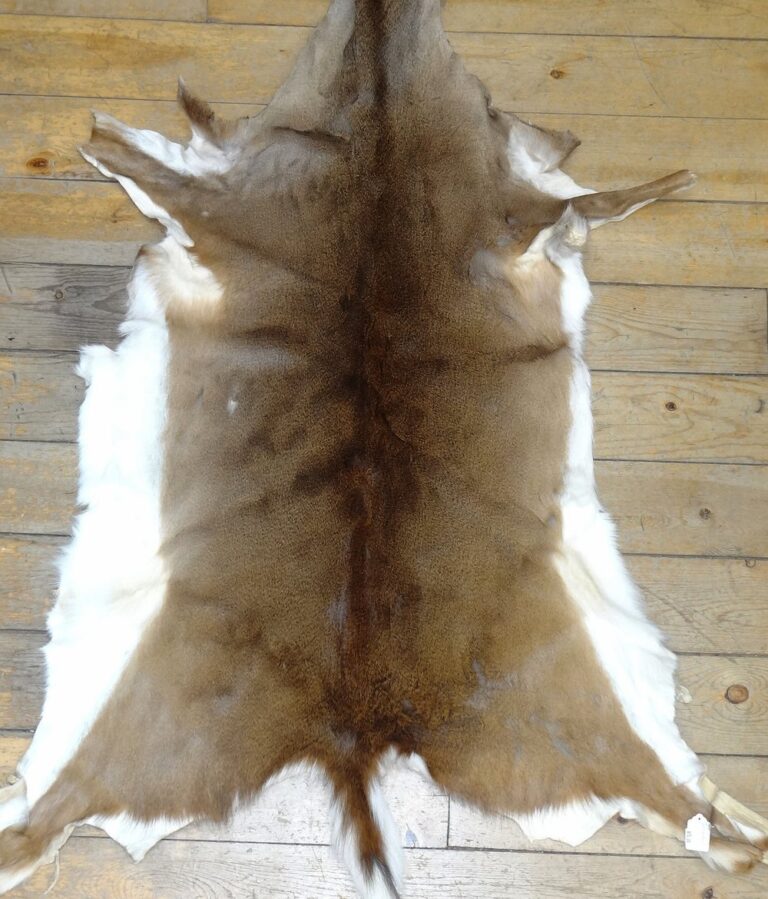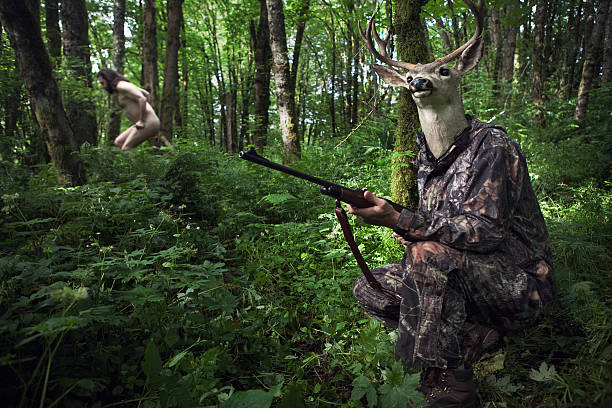Anatomy Of A Whitetail Deer
The anatomy of a whitetail deer involves understanding everything about these majestic creatures that have captivated our interest for a long time.
From their organ placement to physical attributes, even to the optimal shot placement when hunting, there’s much to learn. Are you intrigued? Read on to find out more.
Fascinating Facts About Whitetail Deer
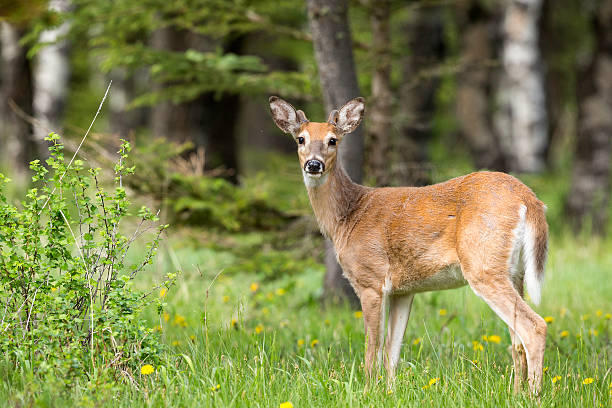
Whitetail deer are truly fascinating creatures, each with its own set of unique traits and behaviors. Here are some captivating facts that will deepen your admiration for them:
- Venison, or deer meat, is prized for its lean and tasty traits. Hunters like it, and fancy restaurants frequently serve it. But you should know that in many states, it’s against the law to sell venison because hunting rules aim to protect wildlife.
- Although the heart of a whitetail deer is needed for its survival, it has special meaning in specific cultures. In certain areas, people view the deer heart as a delicacy and eat it because they believe it’s good for their health.
- During mating season, male deer fight fiercely to show who’s in charge and to impress female deer. These displays of strength and aggression include them banging their antlers together.
-
- Whitetail deer are known to find safety and comfort in different environments. They usually settle in dense plants like bushes or tall grass, which hide them well and keep them safe from predators. These quiet hideaways let deer relax and save energy during the daytime.
Where Do Whitetail Deer Live?
Whitetail deer are commonly found in various habitats across North and South America, like forests, woods, fields, and even neighborhoods.
They like places with lots of plants that can hide them and give them food, like leaves, branches, fruits, and nuts.
Whitetail deer can live in all kinds of places, from mountains to flat areas near the ocean, as long as they can find enough food, water, and places to hide.
White-Tailed Deer Lifespan
In the wild, white-tailed deer usually live about 4 to 6 years on average. But some can live longer, up to 14 to 16 years in an ideal living condition.
Factors like being hunted, disease, where they live, and human activities can influence how long white-tailed deer live.
Where Do Deer Sleep?
Deer usually sleep in hidden spots like thick bushes, tall grass, or dense plants. These places keep them safe from predators like coyotes, wolves, or mountain lions.
Sometimes, deer look for places with cliffs or water nearby to add extra protection while they rest. They like spots where they can see well, so they can stay alert for any danger even when they’re asleep.
Read also: Do Deer Like Protein Pellets?
Do Male And Female Deer Stay Together?
Male and female deer, called bucks and does, usually spend most of their time apart. Bucks live alone, only seeking out female deer during mating season, known as the rut.
During this time, they may stay close to females to compete for their attention and mate.
Otherwise, they tend to lead separate lives, with does focusing on raising their young, known as fawns.
What Do Deer Eat?
Deer are plant-eaters, meaning their diet consists mostly of vegetation. Their diet includes a variety of vegetation such as grass, leaves, twigs, fruits, and nuts.
They may also browse on shrubs and bushes. In the winter when fresh greenery is scarce, deer may resort to eating bark, buds, and even small branches to survive.
Where Are The Organs On a Whitetail deer?
In a whitetail deer, the organs are located inside its body, just like in other animals. The heart, lungs, stomach, intestines, liver, and kidneys are some of the main organs.
The heart is usually found in the chest area, while the lungs are right next to it. The stomach and intestines are in the belly region. The liver and kidneys are located towards the back of the body.
Read also: Do Deer Move In The Wind?
Anatomy Of A Whitetail Deer
-
Physical Structure:
White-tailed deer have a robust physical structure designed for agility and survival in their environment. They usually have slim bodies with powerful legs that help them run and leap effectively.
Their fur color changes throughout the year, from reddish-brown in the summer to grayish-brown in the winter, which helps them blend in with their environment.
They have big ears that can move on their own to hear sounds, and they also have sharp senses of smell and sight.
-
Muscular System:
The muscles of a white-tailed deer are strong and help them move quickly and smoothly. With these muscles, they can run as fast as 30 miles per hour and jump up to 30 feet in one jump.
The muscles in their neck and shoulders give them the power to eat vegetation, while the muscles in their back legs help them jump and dodge quickly when they need to escape from danger.
-
Digestive System:
White-tailed deer are herbivores with a specialized digestive system adapted for processing plant matter. Their stomach has four parts: the rumen, reticulum, omasum, and abomasum.
This helps them break down tough plants by fermenting them in the rumen and then getting nutrients from the other parts of the stomach. Deer also chew their food twice in a process called rumination, which helps them digest it even more.
-
Cardiovascular and Respiratory System:
The cardiovascular system of white-tailed deer includes the heart and blood vessels, and the respiratory system includes the lungs and airways.
The heart pumps blood filled with oxygen all over the body, giving nutrients and taking away waste. The lungs help the deer breathe by swapping oxygen for carbon dioxide, which keeps them energized.
These systems work together to make sure oxygen-rich blood reaches all parts of the body, keeping the deer healthy and strong.
Read also: Deer Call Sounds: Unlocking the Language of Whitetail
What Is The Perfect Place To Shoot A Whitetail Deer
The best spot to shoot a whitetail deer is in the important organs like the heart or lungs, which are found in the chest area behind the front shoulder.
Shooting deer on these organs ensures a fast and kind harvest while causing the least amount of pain for the deer. It’s important to aim accurately and carefully to make the shot as effective and humane as possible.
Conclusion
Knowing the anatomy of a whitetail deer is important not just for ethical hunting but also for truly valuing these amazing animals.
From their important body parts and physical features to their impressive ways of staying alive, whitetail deer show us how incredible nature can be.
So, when you see a whitetail deer in the wild, take a moment and appreciate the amazing way their bodies are built and the wonders of the natural world.
